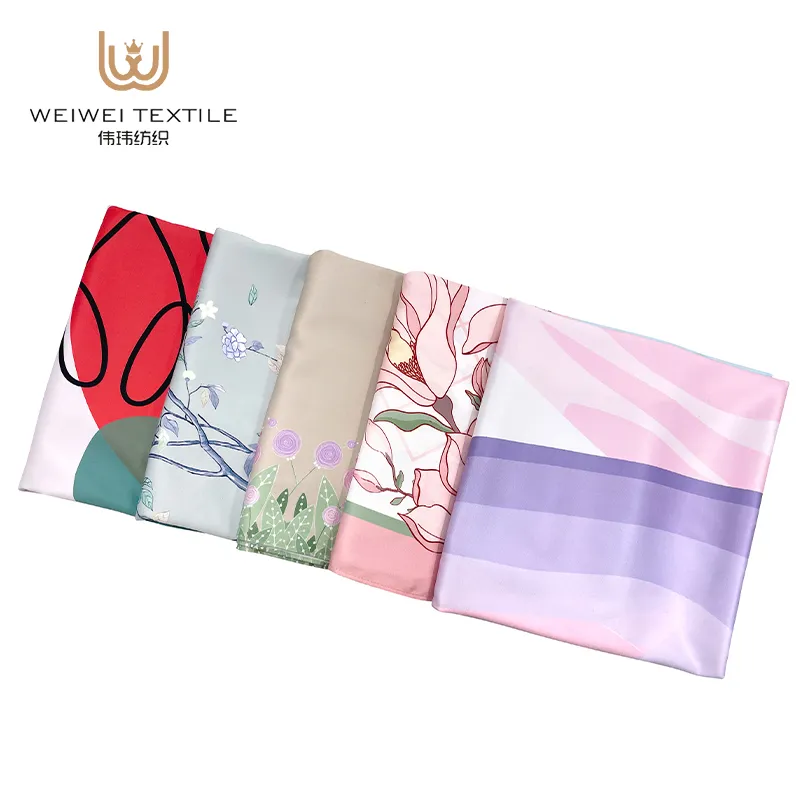Dec . 03, 2024 15:56 Back to list
Explore the Rich Tradition and Cultural Significance of Omani Shemagh
The Omani Shemagh A Cultural Icon of Tradition and Identity
The shemagh, also known as ghutrah or keffiyeh in various parts of the Arab world, is more than just a piece of fabric; it is a significant cultural symbol in Oman and across the Middle East. Traditionally worn by men, the Omani shemagh embodies a rich heritage and serves multiple practical purposes, making it an essential part of Omani identity.
Historical Significance
The origins of the shemagh can be traced back to ancient cultures in the Arabian Peninsula. It is believed that its ancestral forms served not just as a head covering but also as protection against the harsh desert environment. The shemagh, particularly in its Omani version, reflects a unique blend of Islamic tradition and tribal history. In Oman, the shemagh is often adorned with intricate patterns and vibrant colors, representing the wearer's tribe or social status. This personal touch transforms the shemagh into a canvas of individual expression, showcasing the diversity of Oman’s cultural heritage.
Design and Variations
Omani shemaghs are typically characterized by their distinctive patterns and colors. While traditional shemaghs are often white or light-colored, Omani versions may also feature deep reds, greens, or other hues. The fabric is typically made from cotton or a cotton blend, ensuring breathability and comfort in the hot climate. The way the shemagh is wrapped and styled also varies from one region to another, with unique tying methods that signify different meanings or occasions.
The larger size of the Omani shemagh allows for versatility in its use. It can be draped over the head to shield against the sun, wrapped around the neck for added warmth in cooler months, or even used as a makeshift bag to carry items. This functionality, combined with its cultural significance, makes the shemagh an indispensable accessory for many Omani men.
oman shemagh

Symbol of National Identity
In Oman, the shemagh has transcended its practical uses to become a symbol of national pride and identity. It is commonly worn during national celebrations, weddings, and other significant cultural events. When Omani men don the shemagh, they are not just wearing a headscarf; they are embracing their heritage and showcasing their connection to the land and its history.
Moreover, the shemagh is often paired with the traditional Omani dishdasha, a long, flowing robe, further enhancing the overall aesthetic of traditional Omani attire. This combination not only retains the elegance and dignity of Omani culture but also underscores the importance of preserving traditional dress in a rapidly modernizing world.
Global Recognition and Influence
As Oman continues to grow as a tourist destination, the shemagh has gained international recognition. Tourists visiting Oman often admire and purchase these beautifully crafted pieces as souvenirs, symbolizing their connection to the rich culture they experienced during their stay. The shemagh is now regarded as a fashionable item beyond its traditional context, adopted by various fashion designers and brands around the globe. This trend has aided in raising awareness about Omani culture and has fostered a greater appreciation for traditional attire worldwide.
Conclusion
The Omani shemagh is a multifaceted cultural icon that encompasses tradition, identity, and practicality. Its historical roots, dynamic designs, and symbolic significance make it an essential part of Oman’s rich heritage. As both a functional and aesthetically pleasing accessory, the shemagh bridges the gap between the past and the present, continuing to evolve while remaining firmly anchored in the values of the Omani people. In a world where globalization often dilutes local customs, the Omani shemagh stands as a testament to the enduring power of cultural identity.
-
Traditional Tudung Designs in Malaysia
NewsJul.25,2025
-
The Spiritual Significance of Satin in Muslim Attire
NewsJul.25,2025
-
The Right Way to Wear Arab Scarves for Muslim Women
NewsJul.25,2025
-
Zikr Bead-Infused Cotton Voile for Continuous Remembrance
NewsJul.11,2025
-
The Cultural Significance of Tudung in Malaysia
NewsJul.11,2025
-
Satin Hijabs as an Expression of Faith in Daily Life
NewsJul.11,2025














